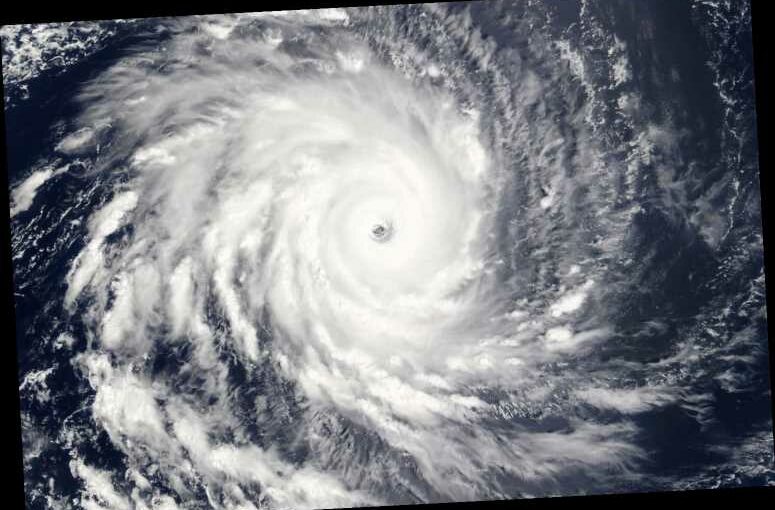THE National Weather Service sends a weather advisory to people who are in an area that will be impacted by an upcoming storm.
The weather warnings are usually transmitted through radio signals, via smart phone devices, social media or on a television screen.
What are the different types of weather warnings?
Weather warnings varies depending on the type of storm a city will experience.
This can include heavy rain, snow, wind, fog and ice.
They are sent out to advise people about the level of care they need to take depending on conditions.
The following are the different types of weather warnings issued:
Winter Weather/Cold Weather
- Winter Storm Watch
- Blizzard Warning
- Winter Storm Warning
- Ice Storm Warning
- Winter Weather Advisory
- Freeze Watch
- Freeze Warning
- Frost Advisory
- Wind Chill Advisory
- Wind Chill Warning
Fire Weather
- Fire Weather Watch
- Red Flag Warning
Fog/Wind /Severe Weather
- Dense Fog Advisory
- High Wind Watch
- High Wind Warning
- Wind Advisory
- Severe Thunderstorm Watch
- Severe Thunderstorm Warning
- Tornado Watch
- Tornado Warning
- Extreme Wind Warning
Marine
- Small Craft Advisory
- Gale Warning
- Storm Warning
- Hurricane Force Wind Warning
- Special Marine Warning
Flooding
- Coastal Flood Watch
- Coastal Flood Warning
- Coastal Flood Advisory
- Flash Flood Watch
- Flash Flood Warning
- Flood Watch
- Flood Warning
- River Flood Watch
- River Flood Warning
Excessive Heat
- Excessive Heat Watch
- Excessive Heat Warning
- Heat Advisory
Tropical
- Tropical Storm Watch
- Tropical Storm Warning
- Hurricane Watch
- Hurricane Warning
What are the different color warnings?
The warnings also have different colors depending on how bad – and potentially dangerous a storm will be.
The colors vary from yellow, amber and red.
Red is the most serious kind of weather warning, it means that it is likely that the weather will cause damage, for example to buildings and roads.
People are told to avoid travelling if they can.
An amber warning is the next level down from a red warning, so the situation is not quite as severe.
Amber means it is quite likely that bad weather will affect people, possibly including travel delays, road and rail closures and power cuts.
People should be prepared to change their plans to make sure that everybody stays safe from the impact of the weather.
A yellow warning is the one down from amber, so is the least severe warning of the three.
It means the weather is likely to have some impact, for example travel disruption.
Many people might be able to carry on as normal but others will be directly affected.
Source: Read Full Article





